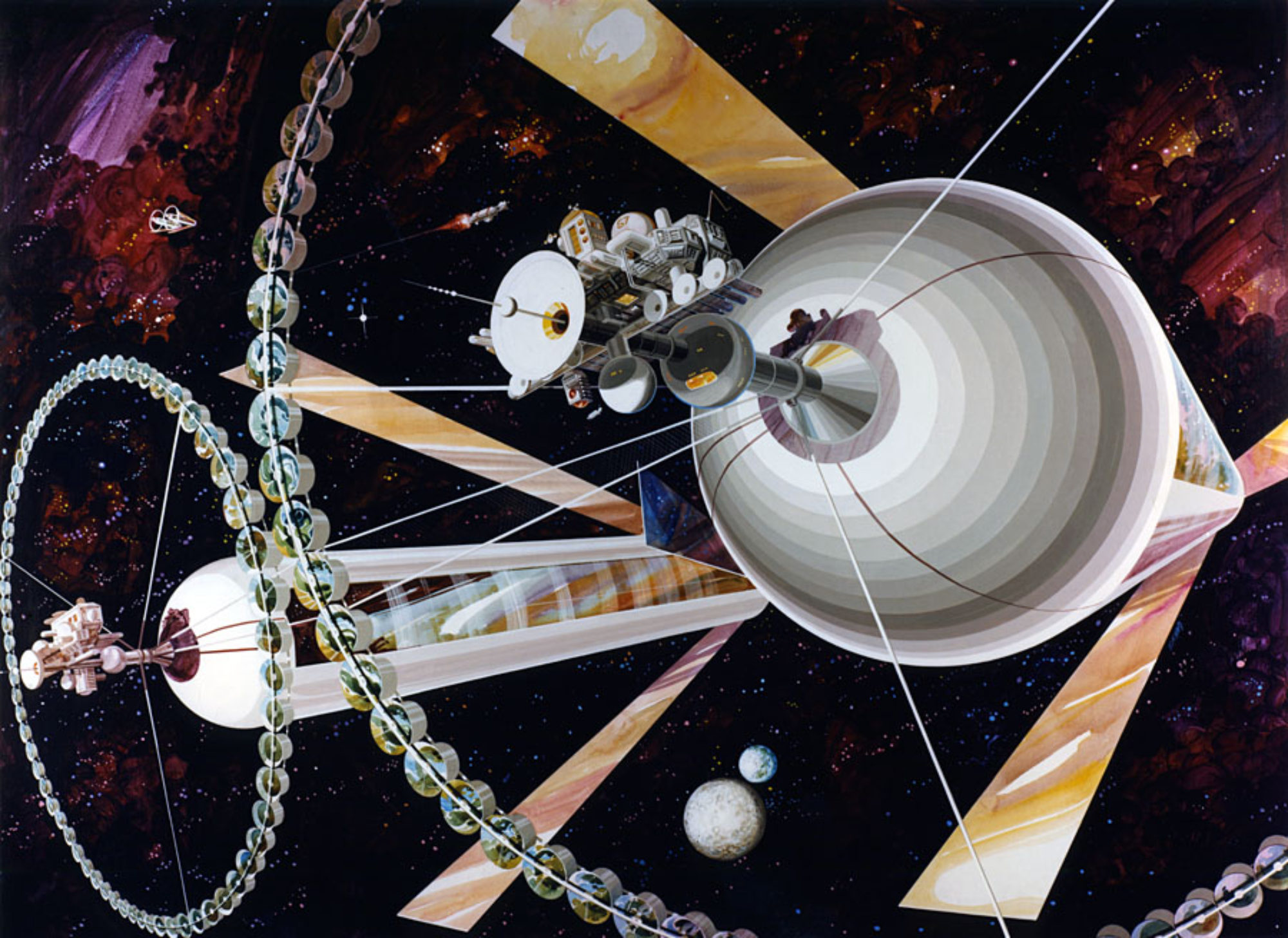
The Japan Aerospace Exploration Agency (JAXA) published a report last November summarizing the findings of its Lunar Farming Concept Study Working Group. JAXA’s team, composed of professionals in universities and private experts, assumes that humans will eventually establish permanent communities on the Moon and conducted the study using cutting-edge agriculture science and biotechnology to design a plant factory that would provide nutritional sustenance and oxygen in a life support system for a lunar settlement.
The working group was composed of four subgroups: cultivation, unmanned technology, recycling, and overall system design. The cultivation subgroup focused on the farm’s environmental controls including light levels (provided by LEDs), irrigation and atmospheric conditions tailored to each crop type. The unmanned technology team dealt with robotic maintenance of the plant factory environment including autonomous monitoring, sowing, cultivating and harvesting. The recycling group ensured soil improvement and reuse of limited resources, inedible scraps and waste material. Finally, the overall system subgroup studied the farm as a whole taking into account each plant species.
The scale of the lunar colony in the study was spit into two scenarios. An initial settlement in the near future with a 6 person crew followed by a larger scale permanent community at a later date with 100 people. The objective was to define a scalable cultivation system that would provide energy and nutritional requirements for settlers without resupply from Earth. The design would leverage recycling to fullest extent possible, minimize the use of materials sourced on the Moon such as water and oxygen from the polar regions, and reduce supplies imported from Earth, realizing that the system would not be 100% closed. LED lighting was utilized to optimize wavelength for chlorophyll absorption as well as diurnal growth cycles during the 14 day lunar night, being necessary for crop illumination in an underground farming community protected from radiation by thick layers of regolith. Nuclear power was considered as a power source.
An important finding of the study leveraged a metric called the Equivalent Systems Mass (ESM), to evaluate the life support systems of the different lunar farm designs explored by the team. ESM is a mathematical formula used to perform trade studies to determine which options have the lowest launch cost and is calculated from the system variables mass, volume, power, cooling, and crew working hours. When comparing the ESM of several biomass production systems it was found that the mass of the system could be minimized by appropriate sizing of crop cultivation shelves and increased space utilization efficiency. It was shown that over a 10 year period an optimized design for a lunar farm would not have to be replenished with food from the Earth when building materials, water and oxygen were supplemented by sources on the Moon and nuclear power was assumed as a power source.
The JAXA study adds to the space farming body of knowledge needed for establishing life support systems for space settlement.






















